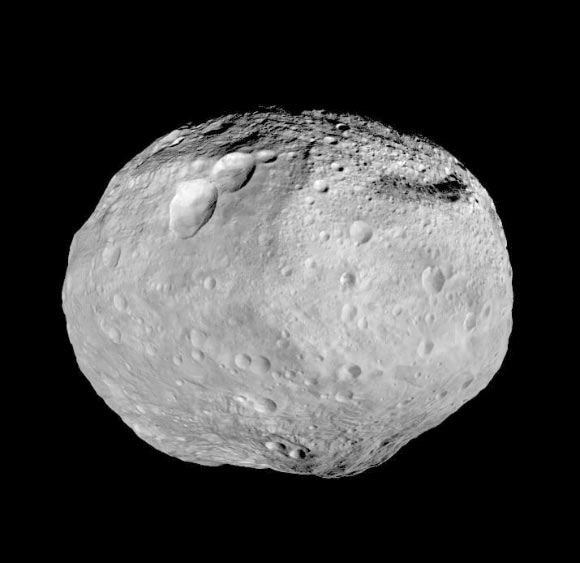In August, the great planets, “lined up” in the morning sky at the beginning of summer, will begin to oppose to the Sun. Saturn will be the first to do this, and it will happen on the 14th — the day after the peak of the famous Perseid meteor shower. On August 22, Vesta, the brightest asteroid of the Main Belt, will pass the opposition configuration. At this time, its brilliance will reach the limit of visibility with the naked eye. The convergence of Mars with Uranus, which will be observed at the beginning of the month, also deserves attention. It will be very difficult to see Mercury in our latitudes, despite the fact that its maximum elongation will exceed 27°. The fact is that its declination during this period will be significantly less than the solar one, and it will sink below the horizon shortly after the sunset of our luminary.

“Asteroid comet” Wilson-Harrington, contrary to the hopes of astronomers, did not become bright. Somewhat slower than expected, the brilliance of comet PanSTARRS is growing. It is gradually moving away to the south of the celestial equator and in September it will cease to be observed from the territory of Ukraine. On the evening of August 31, at the end of the navigation twilight, it will be possible to see it low above the horizon 0.6° west of the star δ Scorpii.
August 2
- Mars (0,2ᵐ) is 1.3° south of Uranus (5.8ᵐ)
August 3
- The Moon is 4° north of Spica (α Virgo, 1.0ᵐ)
August 5
- The Moon is in the phase of the first quarter
August 7
- The Moon is 5° north of Antares (α Scorpii, 1.0ᵐ)
August 9
- The Moon covers the star τ Sagittarii (3,3ᵐ)
August 10
- The Moon is at perigee, 359,830 km from Earth
August 12
- The Moon is 5° south of Saturn (0.3ᵐ)
- Full moon
August 13
- Maximum activity of the Perseid meteor shower (up to 50 meteors per hour)
August 14
- Saturn at opposition
- The Moon is 5° south of Neptune (7,8ᵐ)
August 15
- The Moon is 5° south of Jupiter (-2.8ᵐ)
August 18
- The Moon is 2° south of Uranus (5,7ᵐ)
August 19
- The Moon is at the last quarter phase
- The Moon is 2° north of Mars (0.0ᵐ)
August 20
- Maximum activity of the Cygnid meteor shower (up to 15 meteors per hour)
- The Moon is 6° north of Aldebaran (α Tauri, 0.8ᵐ)
August 22
- Asteroid Vesta (4 Vesta, 6.1ᵐ) at opposition
- The Moon is at apogee, 405,418 km from Earth
August 24
- The Moon is 3° south of Pollux (β Gem, 1,2ᵐ)
- Comet Wilson-Harrington at perihelion, 0.967 AU (144.6 million km) from the Sun
August 26
- The Moon is 3° north of Venus (-3.9ᵐ)
August 27
- New Moon
- Mercury in the greatest easterly elongation (27.3°)
August 31
- The Moon is 5° north of Spica
Follow us on Twitter to get the most interesting space news in time
https://twitter.com/ust_magazine

